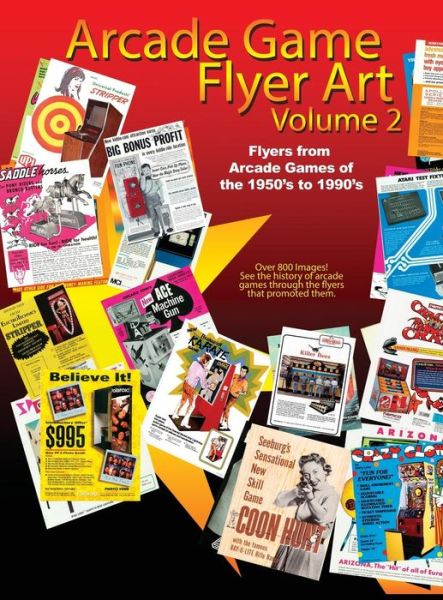
Tell your friends about this item:
Arcade Game Flyer Art Volume 2
Michael Ford
Arcade Game Flyer Art Volume 2
Michael Ford
Publisher Marketing: Over 800 Full Page Arcade Flyer Images For Games From the 1950's to The 1990's Arcades have always been centers of excitement. The operators wanted them to be exciting and they were always looking for the newest and most attractive games. How did they find games in a time when there were no multimedia presentations, no television commercials advertising video games, no in-store demonstrations? The answer is Flyers! Gaming companies sent flyers to showcase their latest games and to entice arcade operators into buying their latest creations. The early flyers are by far the most interesting. The game designs they depict are highly creative and unusual. The choices they made about what to show and what not to show, how to describe the game and what not to say are fascinating. Very few EM(Electro Mechanical) games had photos of the actual game play. That was left to the imaginations of the reader. The objective of arcade operators then was no different than it is today. They wanted to pick games that would keep customers coming back and spending more money. People were just as fascinated by a new technology in the 1950's and 60's as they are today. A flyer that could promise something new and innovative could generate significant sales to operators. Whether or not that translated into customer interest was something else. Flyers were considered disposable. In their day they were basically junk mail. Who would have thought they would be collectors items in twenty years. Now many are extremely valuable. Flyers are not only collectible but are used during restorations and re-creations of older games. Sometimes a flyer is the only reference available for a restorer to see how an original game should look. Flyers can also have invaluable information about the operation of a game that may not be obvious to the player or restorer. Flyers are a combination of marketing and art. Flyers started off as black and white prints. Then single colors were introduced along with the black text. When four color printing became more common, flyers became colorful. Eventually both sides were printed and in later games, flyers became multi-page brochures. Today, flyers for older games are prized by collectors. When a collector finds that special, rare game, he must have the flyer to frame and display next to it so he can show it off to visitors. Flyers also substitute for those games collectors want, but cannot afford or cannot find, or simply do not have room to keep. This book documents the history of flyers from the 1950's into the 1990's. It is by no means complete, but it represents a significant number of games and other products related to arcade and vending.
| Media | Books Hardcover Book (Book with hard spine and cover) |
| Released | June 8, 2015 |
| ISBN13 | 9781943257027 |
| Publishers | Classic Arcade Grafix Inc. |
| Pages | 816 |
| Dimensions | 216 × 280 × 61 mm · 2.82 kg |
More by Michael Ford
More from this series
See all of Michael Ford ( e.g. Paperback Book , Hardcover Book , Sewn Spine Book , CD and Book )




![Cover for Michael Ford · The Hunchback of Notre-Dame - Classic Comix (Paperback Book) [Illustrated edition] (2022)](https://imusic.b-cdn.net/images/item/original/052/9781913971052.jpg?michael-ford-2022-the-hunchback-of-notre-dame-classic-comix-paperback-book&class=scaled&v=1614810178)
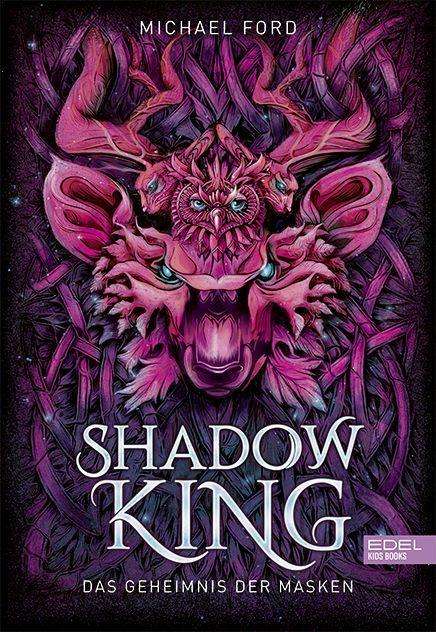




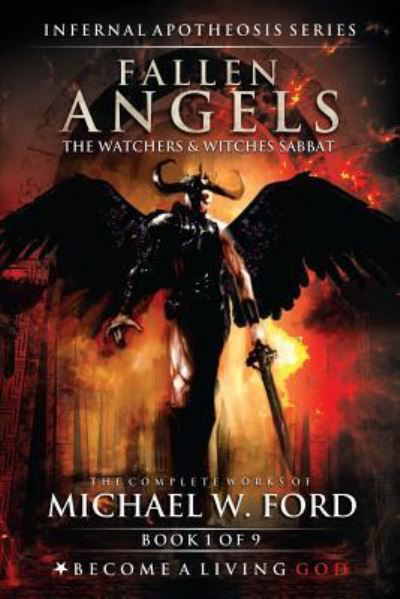
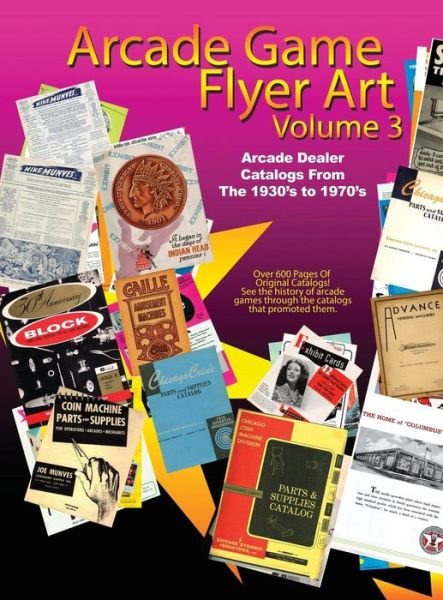
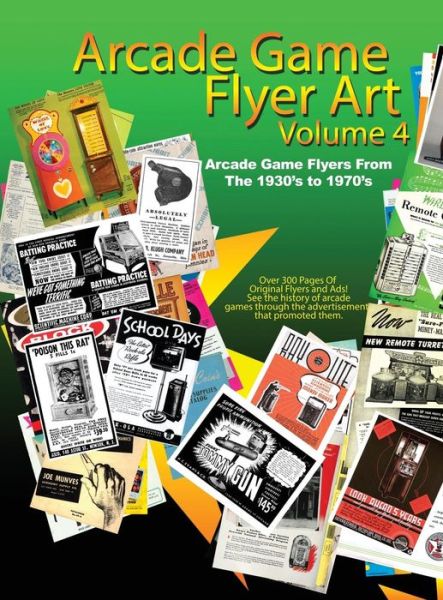
![Cover for Michael Ford · KOMA: KOMA - Den 13. kriger (Paperback Book) [1st edition] (2015)](https://imusic.b-cdn.net/images/item/original/320/9788793091320.jpg?michael-ford-2015-koma-koma-den-13-kriger-paperback-book&class=scaled&v=1427719622)
![Cover for Michael Ford · You Wouldn't Want To Be In The Ancient Greek Olympics! - You Wouldn't Want To Be (Paperback Book) [UK edition] (2015)](https://imusic.b-cdn.net/images/item/original/677/9781910184677.jpg?michael-ford-2015-you-wouldn-t-want-to-be-in-the-ancient-greek-olympics-you-wouldn-t-want-to-be-paperback-book&class=scaled&v=1461068697)


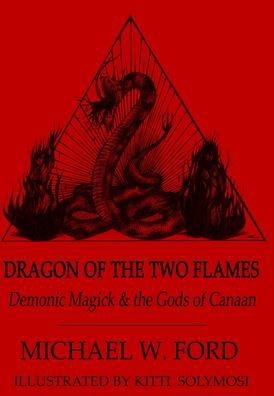





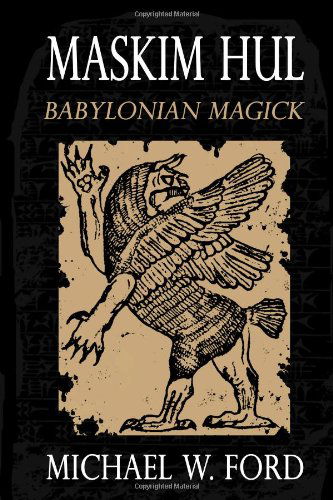

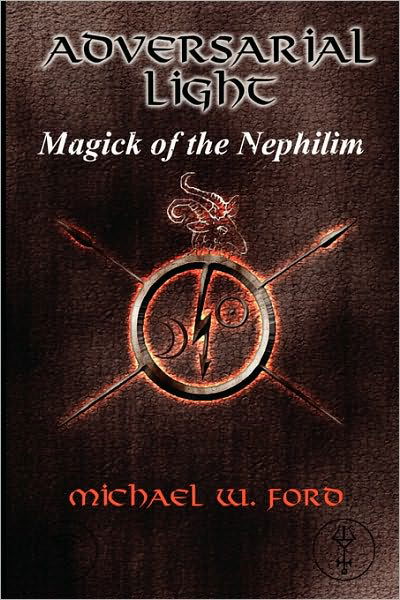
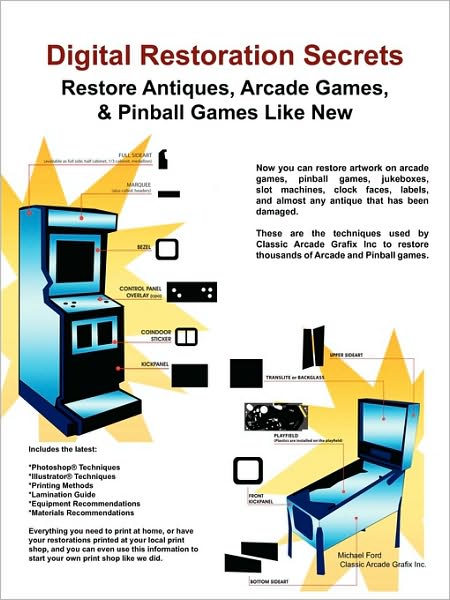






![Cover for Michael Ford · Wounded Prophet: a Portrait of Henri J.m. Nouwen (Paperback Book) [Reprint edition] (2002)](https://imusic.b-cdn.net/images/item/original/734/9780385493734.jpg?michael-ford-2002-wounded-prophet-a-portrait-of-henri-j-m-nouwen-paperback-book&class=scaled&v=1409849266)